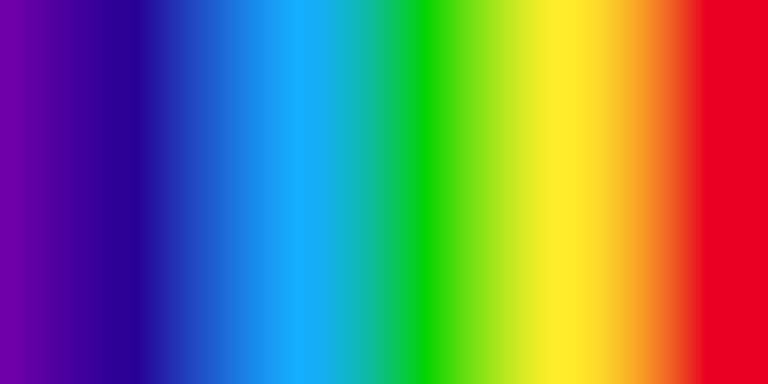
What is Color Gamut?
Color gamut refers to the range of colors that a device can reproduce. We cover color gamut in more detail and highlight what the different standards mean.
Samsung’s QD-OLED boasts a wider color gamut than OLED technology. You can see this difference when viewing a TV or monitor. But what exactly is color gamut?
We explain color gamut’s definition, list the different color gamut standards, and reveal the most common misconception.
Color gamut defined
A color gamut determines which colors a monitor or printer can reproduce from original contents in a given circumstance, such as within a color space. The wider the color gamut, the greater the number of colors that can be produced. A wider color gamut means more precise hues can be represented, so bright images will appear more saturated while details in dark visuals will be deepened.
If you’re wondering how different colors are perceived, we explain this in our ‘Color and the Human Eye’ whitepaper.
What are color gamut standards?
Color is often created using a combination of other colors. Different color standards combine different sets of colors. For example, anything described as RGB creates colors with a mix of red, green, and blue. Color standards like this then determine standards for color gamut, too.
NTSC
The National Television Standards Committee developed NTSC, hence the acronym, in the United States in 1953.
This was introduced to measure the color gamut of analog television. NTSC uses a YUV color model. YUV is made up of luma or brightness (Y), blue projection (U), and red projection (V).
NTSC is still used in several regions, including some countries in North America, South America and East Asia, as an analog TV transmission system.
sRGB
HP and Microsoft jointly created sRGB, which is a standard RGB, in 1996.
This was designed with the rise of the internet in mind, as this color space matched the color gamut that most computer monitors were capable of. It’s still commonly used today, including in laptops, mobile phones, and projectors.
Adobe RGB
Adobe Systems defined Adobe RGB in 1998.
Adobe RGB allows for a wider color gamut than sRGB. As a result, it can produce more saturated and detailed colors — but only if the monitor is compatible. As explained, sRGB is the standard for most computer monitors, so many devices will not show the full breadth of color conveyed with Adobe RGB. However, higher-end monitors with a wider color gamut (such as Samsung’s QD-OLED screens) will let you see more of the Adobe RGB color range.
DCI-P3
First emerging in 2005, DCI-P3 is another RGB color space. This is sometimes also known as P3 or Display P3.
DCI-P3 was developed by Digital Cinema Initiatives, a consortium that establish systems architecture in the industry. This color space is designed to show a wider range of colors when films are broadcast in cinemas.
Compared to sRGB, DCI-P3 has 25% more color space which means it can show a greater range of colors and increase the vibrancy. It’s also more compatible with HDR content, thanks to its ability to use 10-bit color compared to sRGB’s maximum 8-bit.
DCI-P3 has become an increasingly popular standard for measuring color gamut. It’s anticipated that it will take over sRGB’s dominance in the market.
Rec. 2020
With an even larger color space, Rec. 2020 was first published in 2012 (and then updated in 2015) to help define a wide color gamut.
Also known as ITU-R Recommendation BT.2020 (or simply BT.2020), Rec. 2020 was developed to represent more real-world colors. It covers 75.8% of the CIE 1931 color space, compared to DCI-P3’s 52.1%.
Because of its wide color range, this RGB color space is used to help achieve ultra-high definition.
Samsung QD-OLED has 90% Rec. 2020 color gamut coverage.
Misconceptions about color gamut
The most common misconception about color gamut is that image quality increases with gamut volume. While it’s true that a wider gamut will allow for more saturated colors throughout the spectrum, it’s not guaranteed that this will result in an overall improved image. Many other factors can affect image quality and the colors you can see, including contrast ratio, peak luminance, viewing angles, and image content.
A wider color gamut does not make an excellent viewing experience by itself. It needs other display technologies to support it. Samsung QD-OLED maximizes its potential by combining features, such as a dynamic luminosity range with pixel-level dimming that prevents haloing. Samsung QD-OLED’s quality and colors can also be enjoyed from a wide viewing angle with low reflection, so you can appreciate the full color gamut from every seat in the house.


